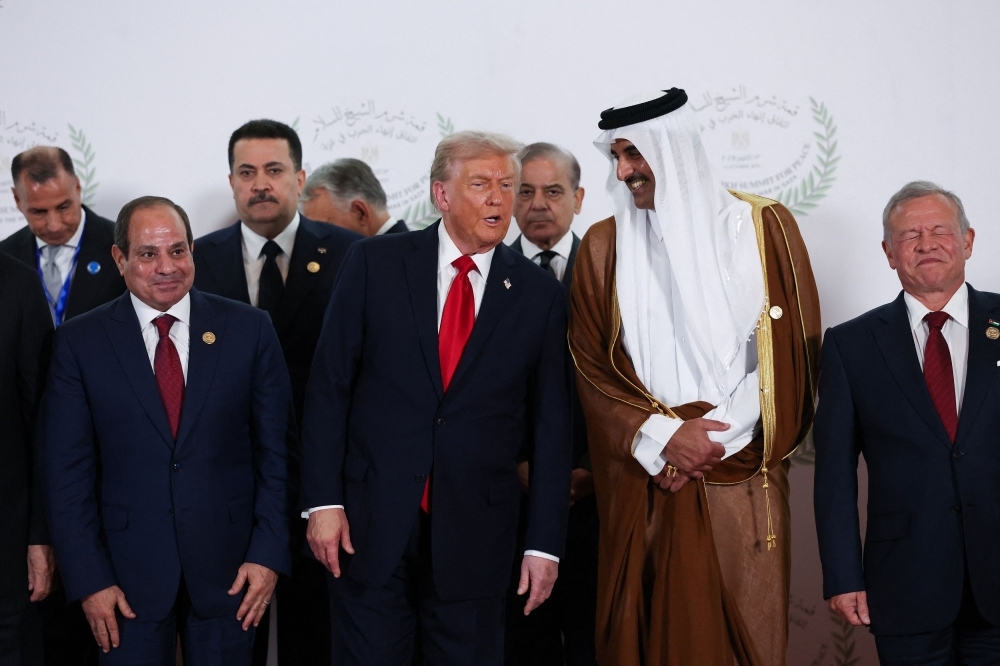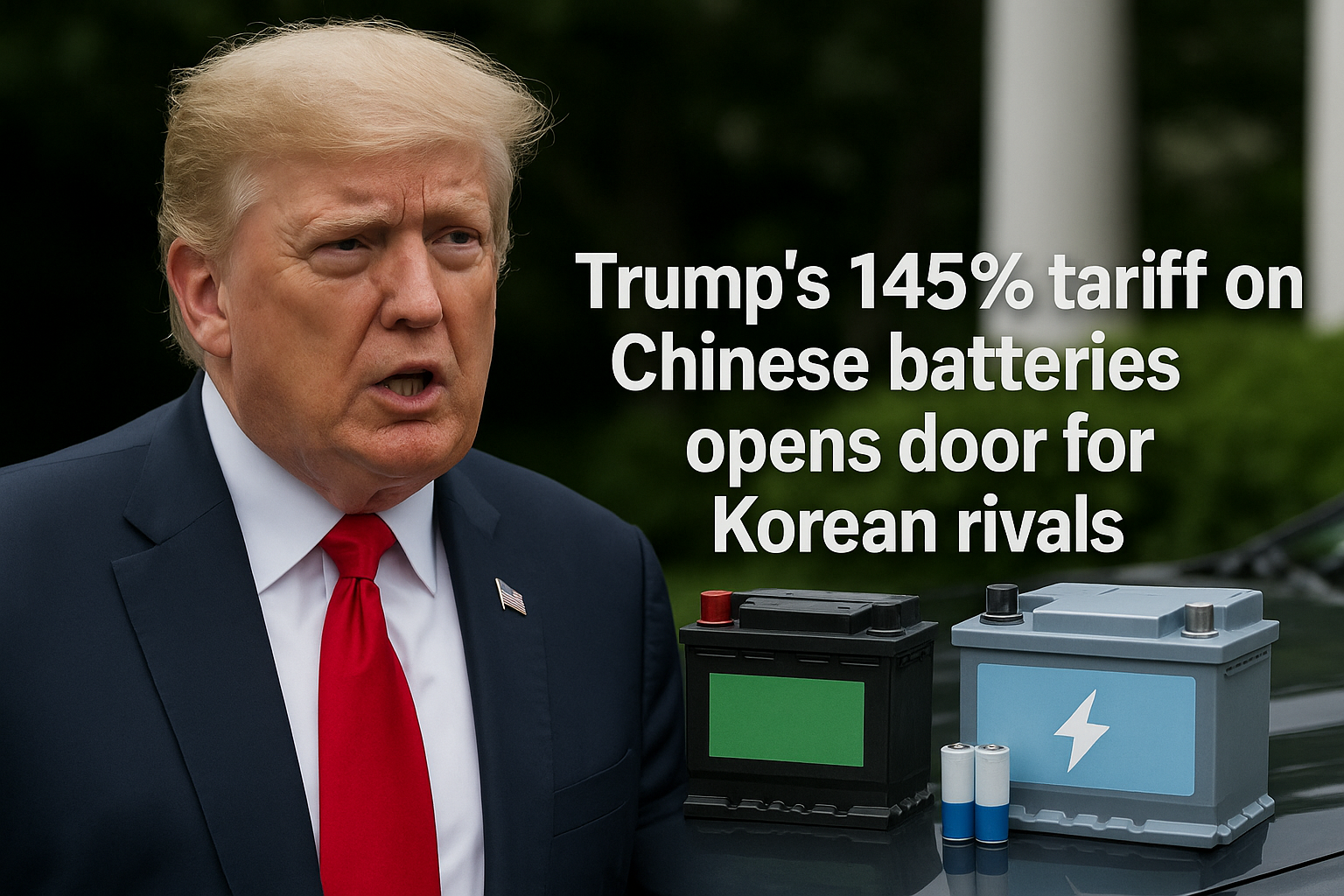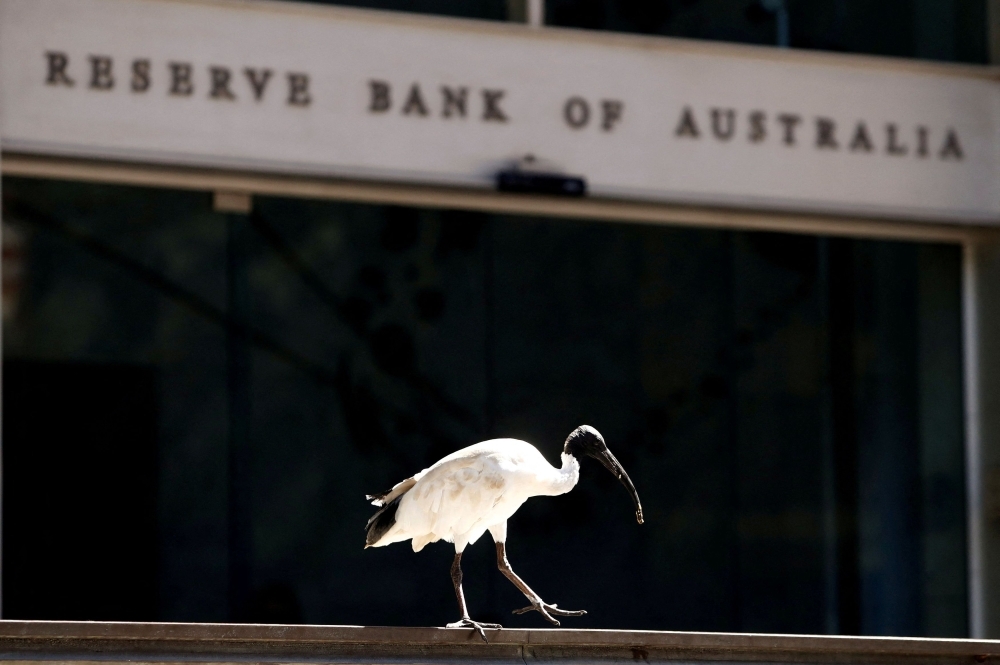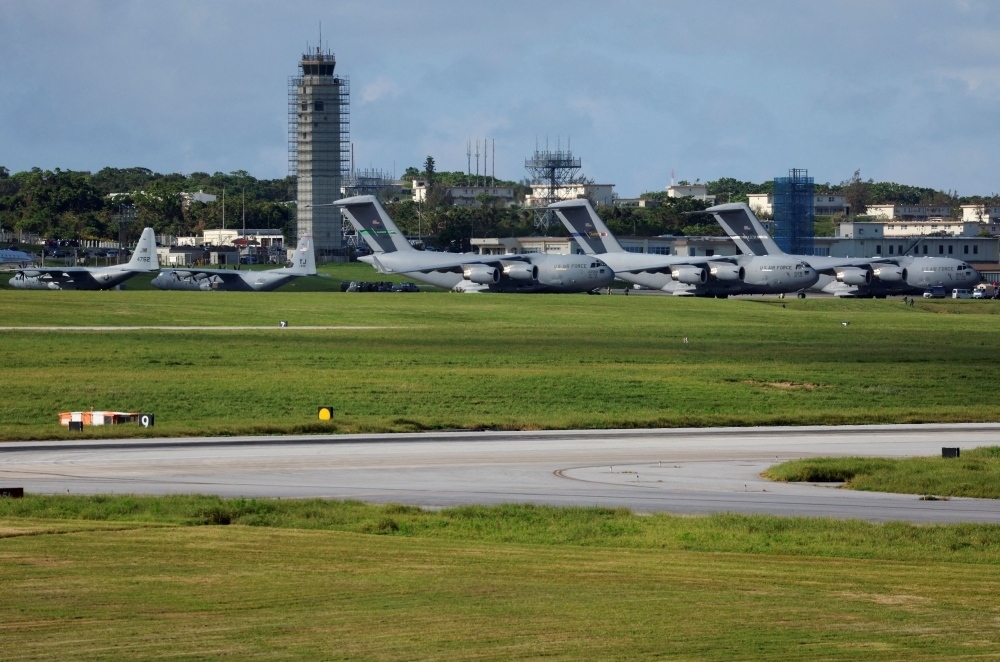In what many are calling a historic breakthrough, the United States, Egypt, Qatar, and Turkey signed a declaration on Monday at a high-level summit in Egypt to serve as guarantors of a long-awaited Gaza ceasefire agreement. The deal aims to officially end two years of relentless conflict between Israel and Hamas, which has cost tens of thousands of lives and shattered countless families.
US President Donald Trump, who co-chaired the summit alongside Egyptian President Abdel Fattah al-Sisi, described the moment as a “tremendous day for the Middle East and the world.” President Sisi echoed that sentiment, calling the agreement “a new era of peace and stability” and a step toward realizing a long-discussed two-state solution.
Earlier in the day, President Trump addressed the Israeli parliament, celebrating the safe return of 20 surviving hostages who had been held in Gaza for two years. As part of the deal, Israel released 1,968 prisoners, most of whom were Palestinians. Hamas hailed the exchange as a “national milestone in the Palestinian struggle.”
The Gaza health ministry, under Hamas administration, reported that the war’s death toll had reached 67,869. The United Nations confirmed that these figures remain among the most credible estimates to date, underscoring the devastating human cost of the conflict.
At the summit in Sharm el-Sheikh, Trump told global leaders, “Together we have achieved what everyone said was impossible.” The room filled with applause as leaders from over two dozen countries and international organizations signed the declaration. President Sisi further announced Egypt’s plan to host a conference dedicated to Gaza’s reconstruction and rebuilding efforts.
Notably, while Palestinian President Mahmoud Abbas attended the summit, Hamas was not represented. Israeli Prime Minister Benjamin Netanyahu, initially expected to attend, withdrew due to scheduling conflicts with a Jewish holiday and growing diplomatic tensions among summit attendees.
Hostage-Prisoner Exchange: A Step Toward Healing
As part of the ceasefire framework, Hamas released 20 hostages — the last survivors of their long captivity — in exchange for nearly two thousand Palestinian prisoners. Hamas described the exchange as “a bright national achievement” in their continued pursuit of freedom. Israel confirmed the hostages’ return, posting on X, “Welcome home.”
The agreement also included the return of 27 deceased hostages and a soldier’s remains from the 2014 conflict. The Red Cross facilitated the transfer of four bodies, though officials noted that not all remains would be returned immediately.
Trump’s Address to the Knesset
During his address in Jerusalem, President Trump was greeted with a standing ovation. He praised the ceasefire as “an incredible triumph for Israel and the world” and commended the crucial mediation of Arab and Muslim nations. Calling for unity and reconciliation, he urged Palestinians to “turn forever from the path of terror” and emphasized that the United States would “never forget the victims of Hamas’s October 7 attack.”
“For too long, families in this region have lived without a single day of real peace,” Trump declared. “Today marks the beginning of hope — not only for Israelis and Palestinians but for the world.”
The Road Ahead
While the ceasefire has been widely welcomed, questions remain about the future governance of Gaza. A Hamas insider revealed that the group has agreed to step back from administrative control of the Strip but refuses to disarm, describing disarmament as “out of the question.”
As the Middle East cautiously turns a page, the eyes of the world remain fixed on Gaza — on whether this fragile peace will hold, and whether generations raised amid war can finally begin to dream of stability.
In the end, peace is not just a treaty on paper — it’s the rebuilding of hearts, homes, and hope. It’s about giving every child, on both sides of the border, the right to wake up without fear.




